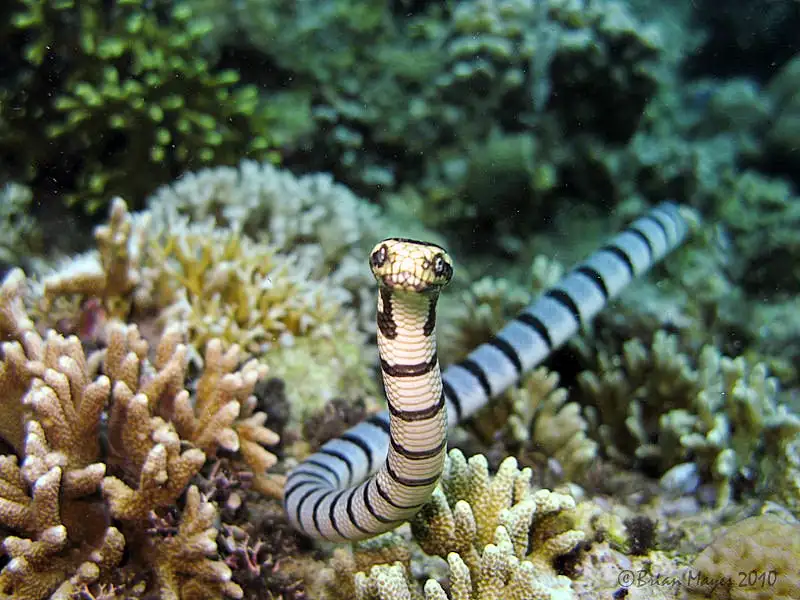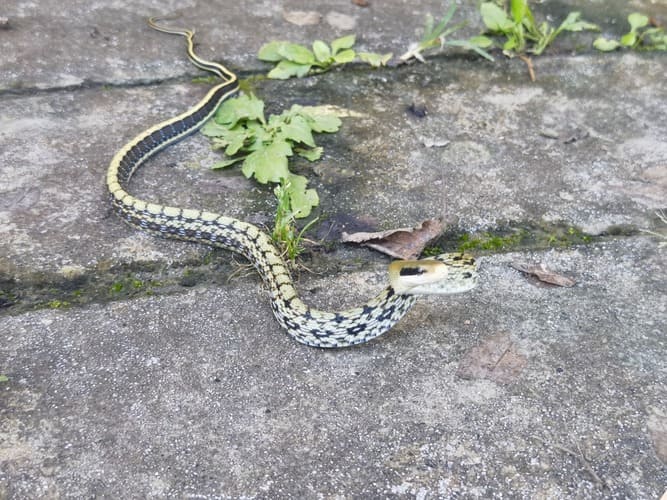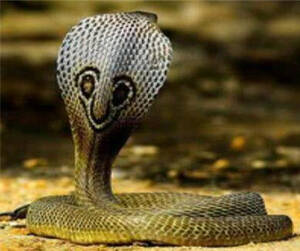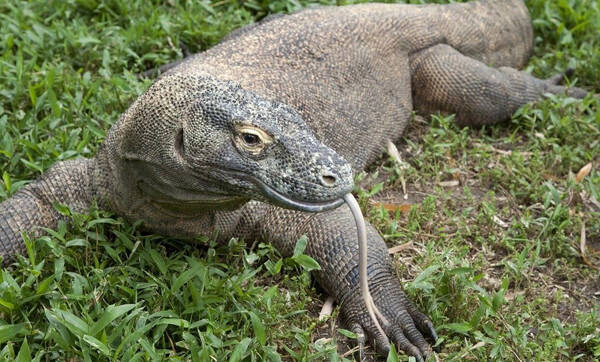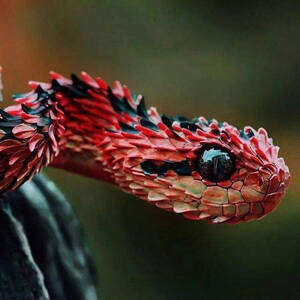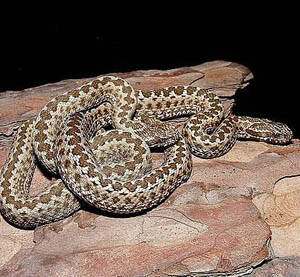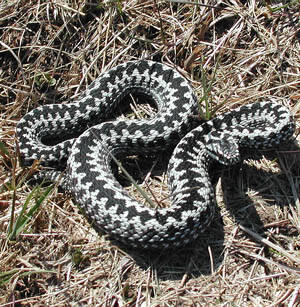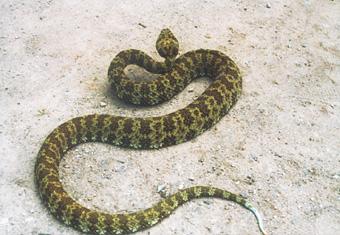Emydocephalus ijimae
IUCN
LCBasic Information
Scientific classification
- name:Emydocephalus ijimae
- Scientific Name:Emydocephalus ijimae,Egg sea snake, Turtle head sea snake
- Outline:Squamata
- Family:Elapidae S.snake
Vital signs
- length:55-86cm
- Weight:About 1.5kg
- lifetime:About 20 years
Feature
The ventral scales are small and their width is no more than 2 times the adjacent body scales.
Distribution and Habitat
The distribution range is quite wide. In addition to the southern waters of China, the waters around Taiwan Province, the waters of the Ryukyu Islands, and the waters of Japan, the waters at the southern tip of the Malay Archipelago and the waters around Australia are also where turtle-headed sea snakes breed and thrive.
Appearance
Total length: 559-864 mm. The head and neck are difficult to distinguish, with the nostrils in the dorsal position; the front part of the body is cylindrical, and the back part and tail are flattened laterally. There are 3 upper labial scales, the second of which is particularly large; there are no internasal scales, and the nasal scales are tangent; there are 4 frontal scales, arranged in a horizontal row, and the central 2 are very large; the frontal scales are hexagonal; there is 1 preorbital scale, 2 postorbital scales; there are 2+3 temporal scales. The dorsal scales are smooth and arranged in a shingle-like manner, with 15-17 rows on the neck and 17-19 rows in the middle; there are 138-142 ventral scales, 2 anal scales, and 23-28 pairs of subcaudal scales. The back is dark chestnut, with dark brown ring spots from the neck to the tail, and the intervals are wider than the ring spots; there is a yellow-brown oblique stripe from the front temporal scales to the corner of the mouth,
Details
The Latin name of the turtle-headed sea snake is Emydocephalus ijimae, which is a reptile of the genus Emydocephalus in the family Elapidae.
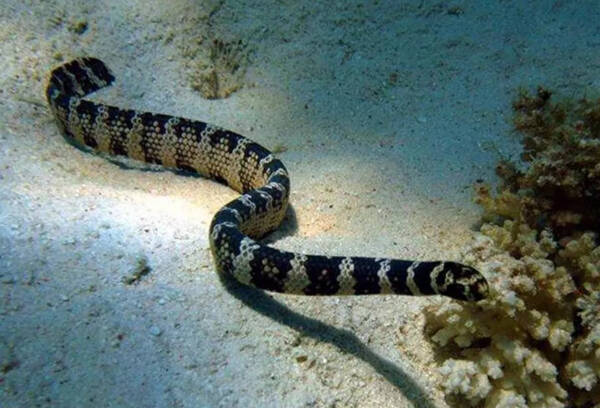
The turtle-headed sea snake lives in seawater. It is ovoviviparous. It feeds on fish.
The turtle-headed sea snake is an animal with striking white stripes. But in recent years, scientists have discovered that the appearance of turtle-headed sea snakes has undergone tremendous changes. Their representative stripes are disappearing, and many of them have a completely black appearance. After research, it was found that humans are discharging more and more sewage, forcing turtle-headed sea snakes to face more toxins. In order to minimize the harm of toxins to themselves, they learned to store toxins in their skin, and evolved into the current pure black appearance without white stripes.
Listed in the "List of Terrestrial Wildlife with Important Economic and Scientific Research Value Protected by the State" issued by the State Forestry Administration of China on August 1, 2000.
Listed in the second level of the "List of National Key Protected Wildlife in China".
Protect wild animals and stop eating game.
Maintaining ecological balance is everyone's responsibility!

